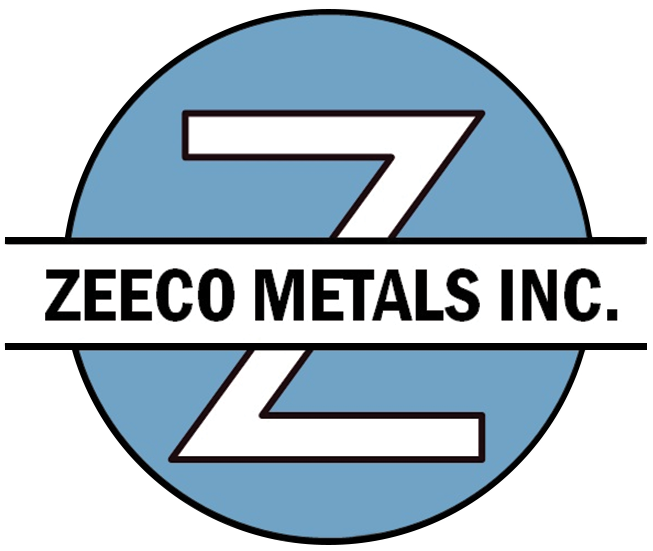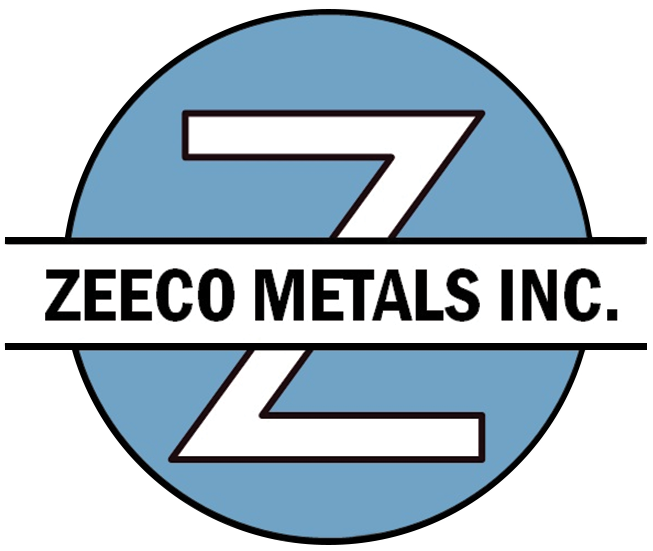Steel coils are crucial in industrial production across various sectors, from construction and automotive manufacturing to consumer goods and infrastructure projects. The type of rolling process — cold or hot — used to produce these steel coils profoundly influences their properties and suitability for specific applications.
Zeeco Metals understands the nuances between cold rolled vs. hot rolled steel. We specialize in the meticulous processing of hot rolled pickled and oiled coils through precise slitting techniques. Our dedicated team and advanced equipment ensure that we provide unmatched precision, quality, and customization to our clients.
What Is Hot Rolled Steel?
Hot rolled steel is produced by heating steel slabs above their recrystallization temperature, typically around 1700°F (927°C), then rolling them while still hot. This process involves:
- Heating: Steel slabs are heated in a furnace until they are malleable and can be shaped easily.
- Rolling: The heated steel is passed through a series of rollers to achieve the desired thickness and shape.
- Cooling: The hot rolled coils are allowed to cool naturally at room temperature or are cooled using water.
What Is Cold Rolled Steel?
Cold rolled steel is processed at or near room temperature, below the steel’s recrystallization temperature, typically around 700°F (370°C). The process involves:
- Rolling: The steel is passed through rollers at room temperature to reduce its thickness and improve its surface finish.
- Annealing: After rolling, the steel may undergo annealing, where it is heated and then cooled to relieve internal stresses and improve its hardness and strength.
- Temper Rolling: Some cold rolled steel undergo temper rolling to achieve specific mechanical properties and surface finishes.


